F1.1 Estimate and calculate the change required for various simple cash transactions involving whole-dollar amounts and amounts of less than one dollar.
Skill: Estimating and Calculating the Change Required
Students learn to estimate and calculate change for a variety of simple cash transactions involving dollar amounts and amounts less than one dollar.
In the case of dollar transactions, the student should first round the cost of the transaction and then estimate the change to be given for the specified payment. By the end of the primary grades, students learn to round to the nearest 10 and 100. Later, students calculate the exact change to be given using addition or subtraction strategies.
Estimating, the result of a quick mental calculation, is very useful when an exact answer is not needed. Therefore, it is important that students develop the skills necessary to estimate and realize that estimating is an informal action that should be performed before making the calculation of the change to be given. The purpose of estimating is not to be as close to the actual sum as possible, but to determine a likely answer.
In the case of dollar transactions, the student should first round the cost of the transaction and then estimate the change to be given. By the end of the Primary Division, students learn to round to the nearest 10 and 100. Later, students calculate the exact change to be given using addition or subtraction strategies.
For transactions involving cents, students also use rounding to calculate the change to be given back from a money transaction, since the cost of the transaction must be rounded to the nearest multiple of five cents.
Note: The 1¢ coin has a legal existence, but it no longer circulates as a coin. This means that students must be able to round to the nearest multiple of 5¢ for any cash transaction.
Example
Round down to the closest 5 cents:
- The amounts of 41¢ and 42¢ are rounded to 40¢.
- The amounts of 46¢ and 47¢ are rounded to 45¢.
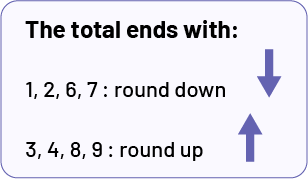
Round up to the closest 5 cents:
- The amounts of 73¢ and 74¢ are rounded to 75¢.
- The amounts of 78¢ and 79¢ are rounded to 80¢.
The following are examples of situations where there is change to be given in simple monetary transactions.
Calculation Performed by Breaking Down Bills and Coins of at Least One Dollar
You invite your friend to the movies to celebrate their birthday. You need to make sure you have enough money for the admission tickets and refreshments, which together cost $38. You have $50 to spend and you want to know how much money is left over.
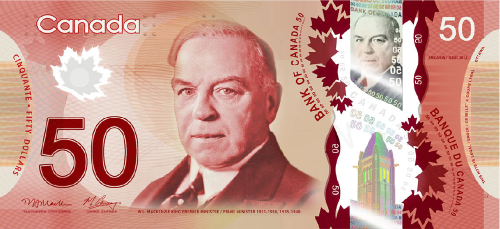
I estimate that the total cost is about $40 and that the change to be returned will be about $10, because $50 - $40 = $10.
I calculate the change to be given using subtraction.
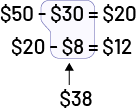
I have enough money to pay for my friend's ticket and we can share the refreshments. The cashier will give me $12 back in any of
the following combinations:
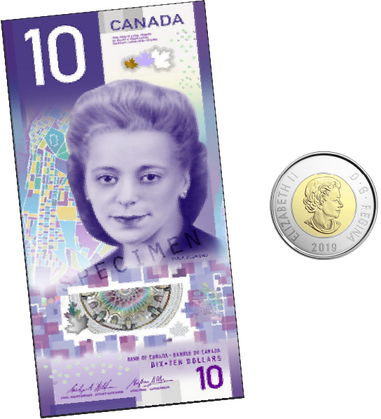
or
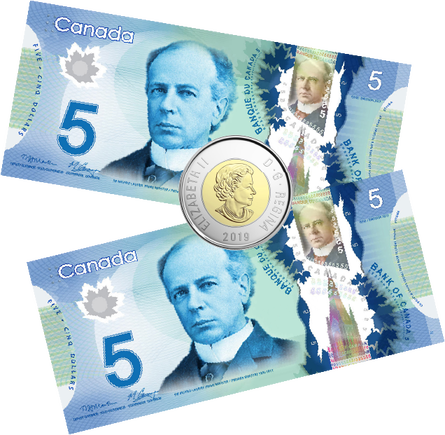
or

or
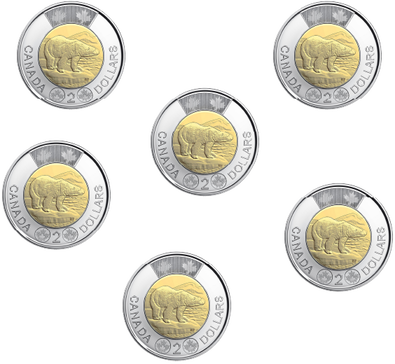
Calculation Performed by "Thinking" Addition to Subtract with Coins
You want to buy a chocolate bar that costs 68¢.
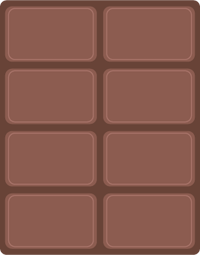
You give the cashier $1. How much money will she give you back?
I know that the $1 coin has the same value as 100¢. I estimate that she should give me back about 30¢, because 68 is close to 70, and 30 more equals 100.
Since the 1¢ coin is no longer issued, the 68¢ must be rounded to the nearest multiple of 5¢, which is 70¢.
I use the number line to represent the change to be given.
I start at 70 and jump by 10s to get to 100. I jump three 10s, which is 30.

The cashier will give me 30¢ back. Here are some examples of the different combinations of money the cashier can give me.
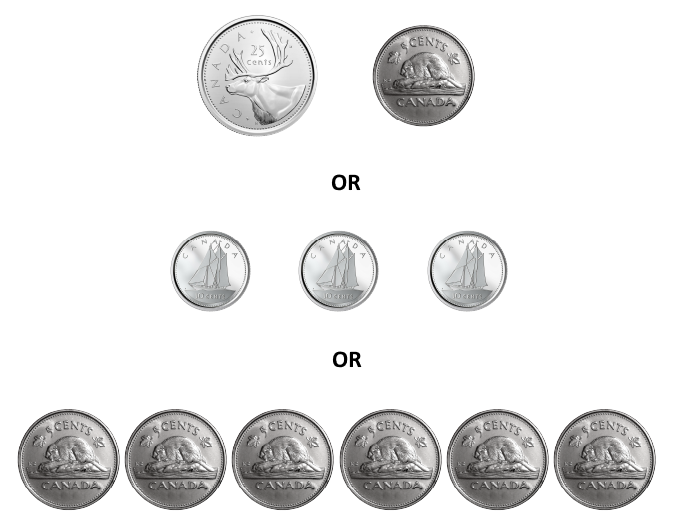
Knowledge: Cash
Money in the form of cash (bills or coins) is one way to pay for purchasing goods or services. There are $2, $1, 25¢, 10¢ and 5¢ coins, and there are $100, $50, $20, $10 and $5 bills.
Cash is one of several ways to pay for purchases. Most merchants accept it to pay for goods and services. Cash purchases can be more confidential because there is no disclosure of financial information, such as debit or credit card numbers. However, if the cash is lost or stolen, the chances of getting it back are low.
Knowledge: Monetary Transactions
Monetary transactions are payments in cash or other forms of payment in exchange for certain goods or services.
By the end of the primary grades, students will be able to conduct simple cash transactions. Only cash transactions are rounded to the nearest multiple of five cents, since the 1¢ coin is no longer in circulation.
